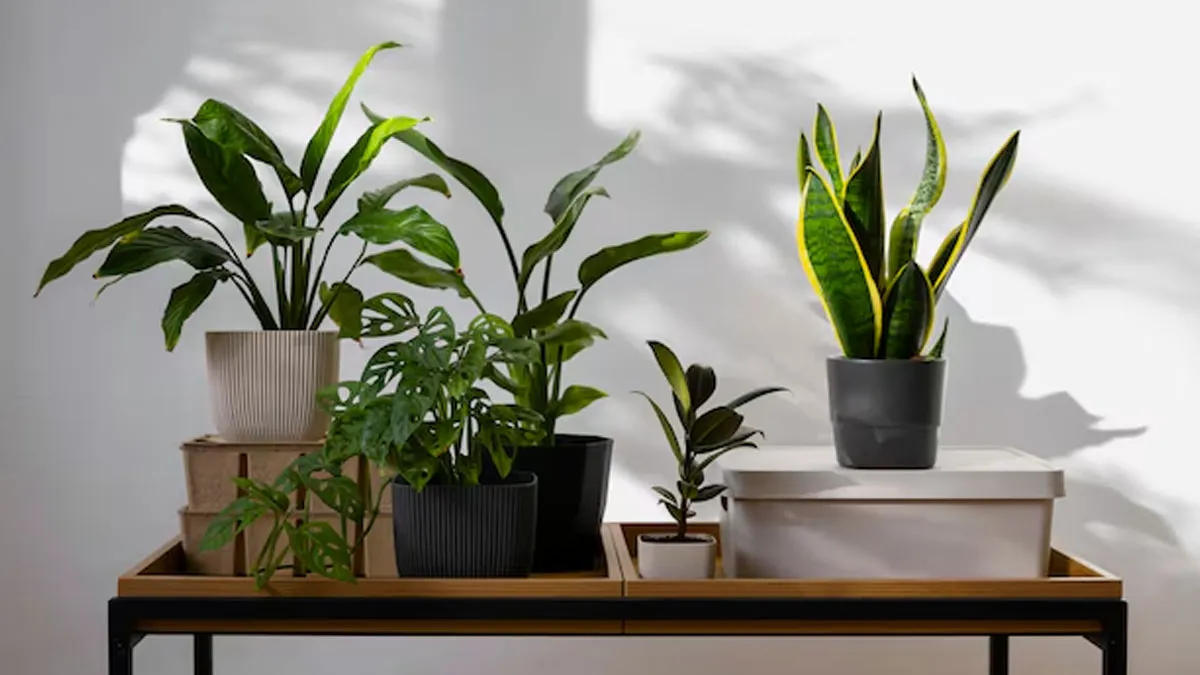
Indoor plants not only enhance the aesthetic appeal of your home but also improve air quality, boost mental well-being, and contribute to a healthier indoor environment. Some plants go beyond regular photosynthesis and continue to release oxygen even at night, making them ideal for bedrooms and living spaces. In this article, we explore five such plants that provide oxygen 24 hours a day and offer various health benefits, backed by scientific studies.
Table of Content:-
1. Areca Palm (Dypsis lutescens)
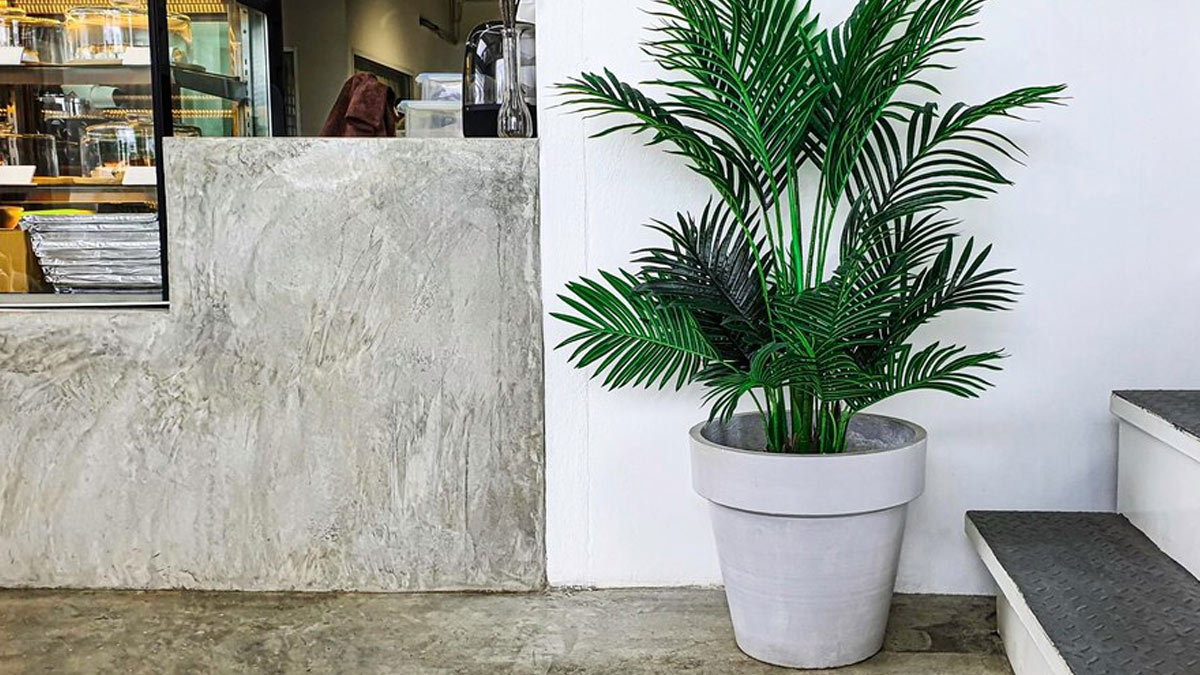
Areca palm, also known as the butterfly palm, is a powerful air-purifying plant that releases oxygen throughout the day and night. This plant is highly efficient in removing toxins like formaldehyde, xylene, and toluene from indoor air, as highlighted in NASA’s Clean Air Study. Moreover, Areca palm acts as a natural humidifier, making it particularly beneficial for those suffering from respiratory issues like asthma and sinusitis.
A 2015 study published in the Journal of Physiological Anthropology found that exposure to indoor plants like Areca palm can lower stress levels and improve concentration, making it a great addition to workspaces and homes.
Also read: Attract Positivity In Your Home With These Indoor Plants
2. Snake Plant (Sansevieria trifasciata)
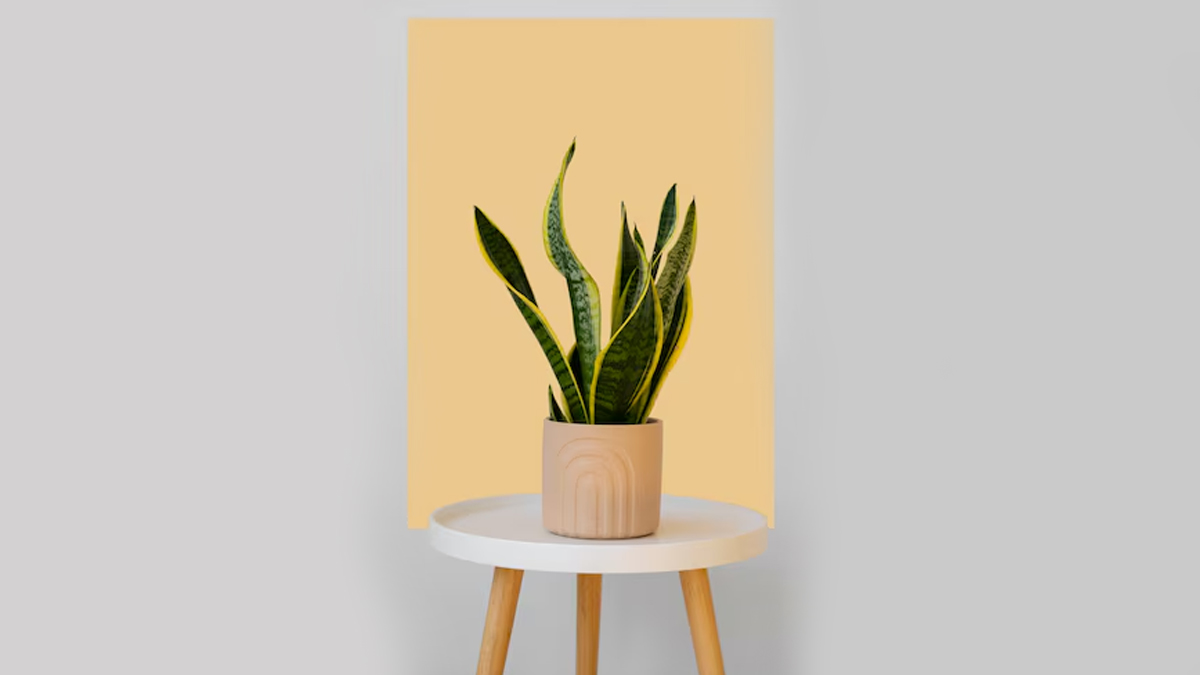
Commonly known as the mother-in-law’s tongue, the snake plant is a unique indoor plant that performs Crassulacean Acid Metabolism (CAM) photosynthesis, allowing it to release oxygen at night. This makes it one of the best plants for bedrooms, as it can enhance air quality while you sleep. NASA’s Clean Air Study identified the snake plant as an effective remover of harmful pollutants such as benzene, formaldehyde, and trichloroethylene.
3. Tulsi (Ocimum tenuiflorum)

Also known as Holy Basil, Tulsi is widely revered in Ayurveda for its medicinal properties. Apart from releasing oxygen round the clock, Tulsi is rich in antibacterial and antifungal compounds that help purify the air.
A study published in Evidence-Based Complementary and Alternative Medicine highlighted that Tulsi possesses adaptogenic properties, which help the body combat stress and anxiety. Keeping a Tulsi plant indoors can contribute to overall well-being by improving mental clarity and supporting immune function.
4. Aloe Vera (Aloe barbadensis miller)
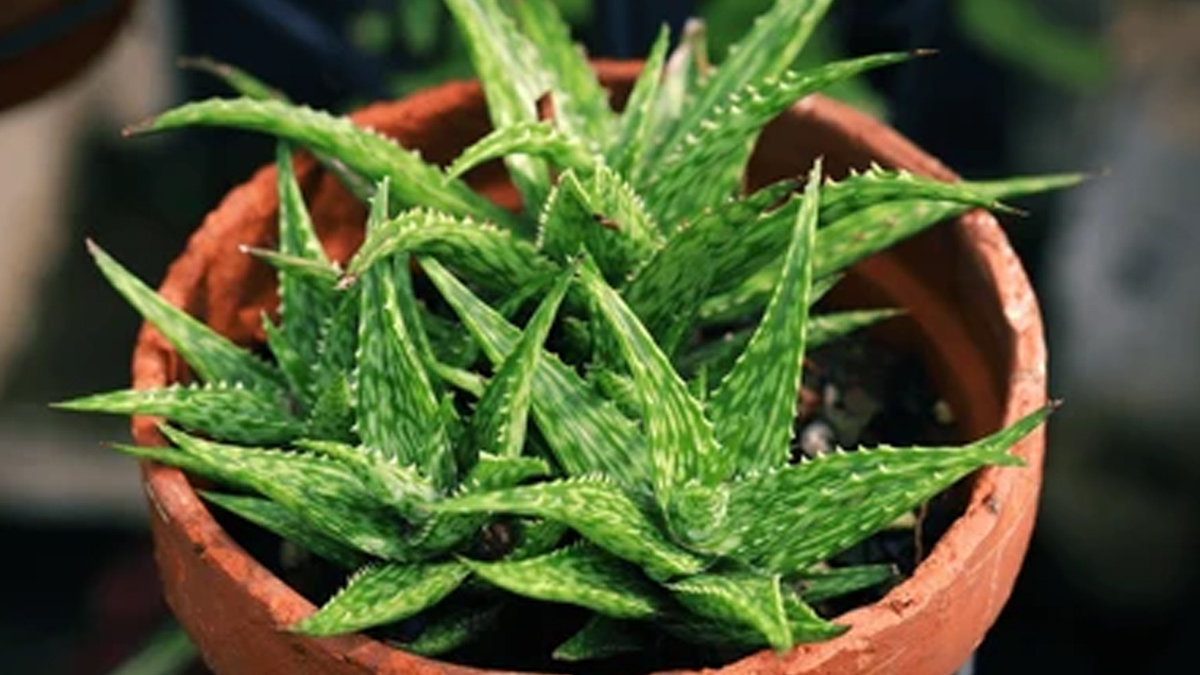
Aloe Vera is well known for its skin-healing properties, but it also plays a vital role in improving indoor air quality. This succulent plant releases oxygen continuously and absorbs carbon dioxide, formaldehyde, and benzene, making it a natural air purifier.
Research published in BMC demonstrated that Aloe Vera not only improves air quality but also possesses anti-inflammatory properties that benefit respiratory health. Additionally, having Aloe Vera indoors can help keep humidity levels stable, reducing the risk of dry skin and allergies.
Also read: Power of Aloe Vera: 7 Beauty Hacks to Try This Summer
5. Peace Lily (Spathiphyllum)
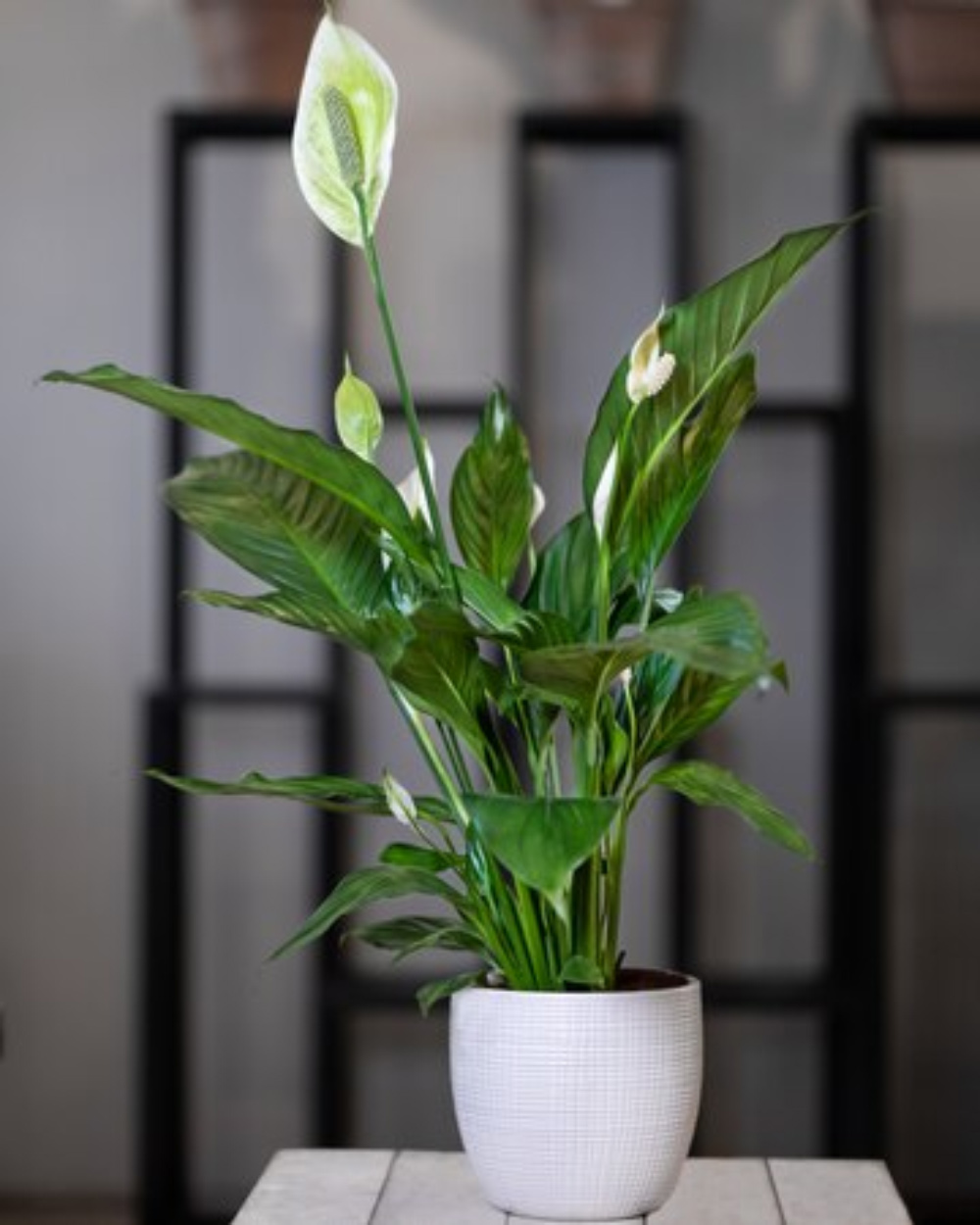
The Peace Lily is a popular indoor plant known for its ability to purify the air and release oxygen even at night. It absorbs airborne toxins like ammonia, benzene, and formaldehyde, creating a healthier indoor environment.
According to NASA’s Clean Air Study, Peace Lily is one of the best plants for improving air quality in enclosed spaces. Moreover, research in Frontiers in Psychology (2021) suggests that indoor plants like Peace Lily can reduce stress and improve cognitive function, making them an excellent choice for home and office settings.
Conclusion
Incorporating these oxygen-releasing plants into your indoor spaces can significantly improve air quality, enhance mental health, and promote better sleep. Scientific studies have consistently highlighted the positive impact of indoor plants on both physical and psychological well-being. Whether you choose the resilient snake plant, the medicinal Tulsi, or the elegant Peace Lily, these plants can serve as natural purifiers while beautifying your living space.
Also watch this video
Read Next
Making Your Bed In The Morning Is Good For Your Health: Find Out Its Benefits For Your Mental Health
How we keep this article up to date:
We work with experts and keep a close eye on the latest in health and wellness. Whenever there is a new research or helpful information, we update our articles with accurate and useful advice.
Current Version
